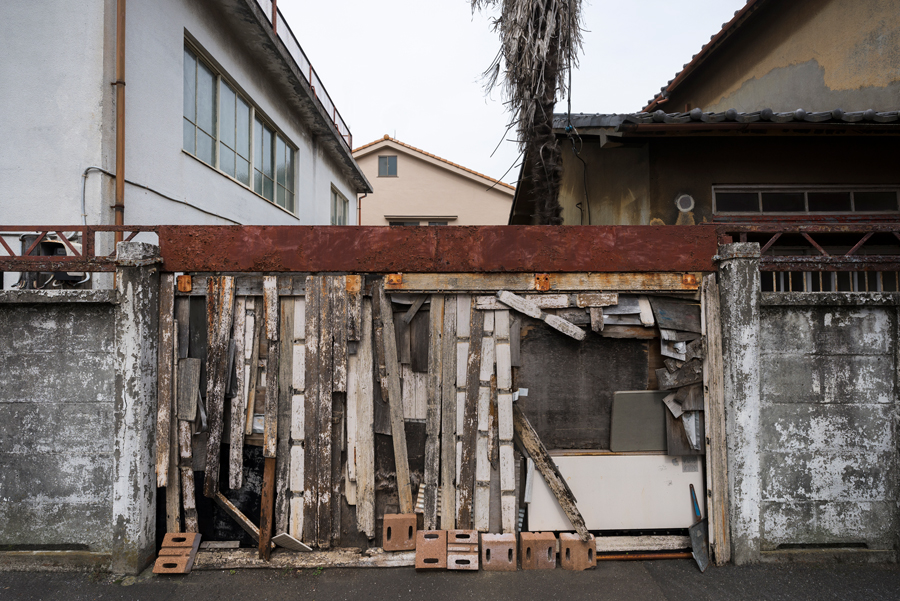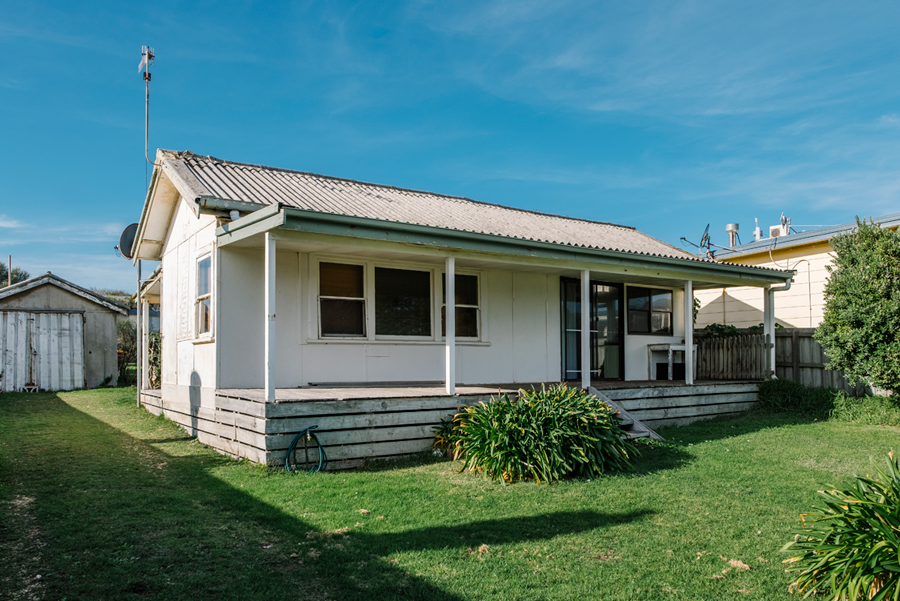In the bustling heart of cities worldwide, subtle but sinister changes have been creeping into the urban landscape. Benches with armrests dividing seats, spikes under bridges, sloped window sills, and hostile vegetation are all part of a growing trend known as anti-homeless architecture. This design strategy, also known as defensive or hostile architecture, is employed to discourage the homeless from taking refuge in public spaces. While proponents argue it’s a necessary measure to maintain urban order and aesthetics, critics condemn it as a cruel tactic that dehumanizes and marginalizes an already vulnerable population. Let’s delve deeper into the implications and ethical considerations of anti-homeless architecture.
The Mechanics of Hostile Design
Anti-homeless architecture manifests in various forms, each ingeniously designed to prevent loitering, sleeping, or even sitting. Some of the most common examples include:
- Benches with Dividers: By placing armrests or dividers in the middle of benches, cities prevent individuals from lying down.
- Spikes and Bumps: Metal spikes on flat surfaces like window sills or alcoves and bumps on ledges and steps deter people from resting in these areas.
- Slanted Surfaces: Inclined window sills and other surfaces make it uncomfortable, if not impossible, to sit or sleep.
- Uncomfortable Materials: Rough or uneven textures on potential resting spots discourage prolonged contact.
- Strategic Landscaping: Thorny plants and dense shrubbery are used to block access to certain areas.
The Ethical Dilemma
The primary goal of anti-homeless architecture is clear: to make urban spaces uninhabitable for the homeless. However, this raises significant ethical questions:
- Human Rights Concerns: The right to rest and seek shelter is a fundamental human need. By making public spaces inhospitable, cities may be infringing on basic human rights.
- Social Stigma: Hostile design further marginalizes the homeless, reinforcing negative stereotypes and perpetuating social stigma.
- Short-Term Solution: Anti-homeless architecture addresses the symptom rather than the root cause of homelessness. It does nothing to tackle the underlying issues such as affordable housing, mental health support, and employment opportunities.
The Impact on Homeless Individuals
The effects of hostile architecture on homeless individuals are profound and far-reaching:
- Physical Health: Lack of access to safe, comfortable resting places exacerbates health issues. Prolonged exposure to the elements can lead to severe medical conditions.
- Mental Well-Being: Constant displacement and the knowledge that public spaces are designed to exclude them can lead to feelings of worthlessness and despair.
- Safety Concerns: Forced to seek shelter in more dangerous or isolated areas, homeless individuals are at greater risk of violence and exploitation.
Alternatives to Hostile Architecture
Instead of employing exclusionary tactics, cities can adopt more compassionate and constructive approaches to homelessness:
- Inclusive Design: Urban planning can incorporate features that accommodate everyone, including the homeless. Examples include benches that double as beds and public spaces that provide shelter without sacrificing aesthetics.
- Supportive Services: Investing in shelters, affordable housing, and mental health services addresses the root causes of homelessness. Programs that offer job training and placement can also help individuals regain stability.
- Community Engagement: Involving homeless individuals in the design and planning process ensures that their needs are met and fosters a sense of inclusion and respect.
A Call for Compassion
Anti-homeless architecture reflects a societal choice to ignore rather than address the plight of the homeless. It prioritizes aesthetics and convenience over compassion and humanity. As urban populations continue to grow, cities must grapple with how to treat their most vulnerable residents. The question is not merely about architecture; it is about the kind of society we want to build.
By choosing to embrace inclusive design and supportive services, we can create cities that uplift and protect all their inhabitants, demonstrating that every person deserves dignity, respect, and a place to call home.


